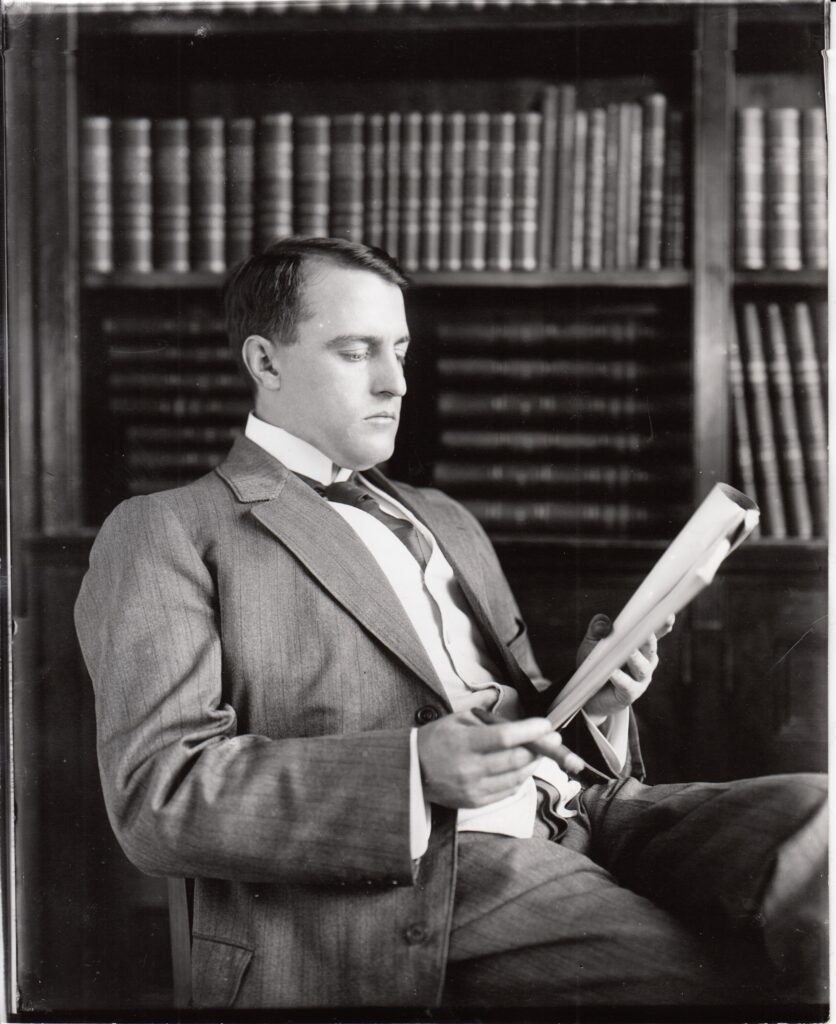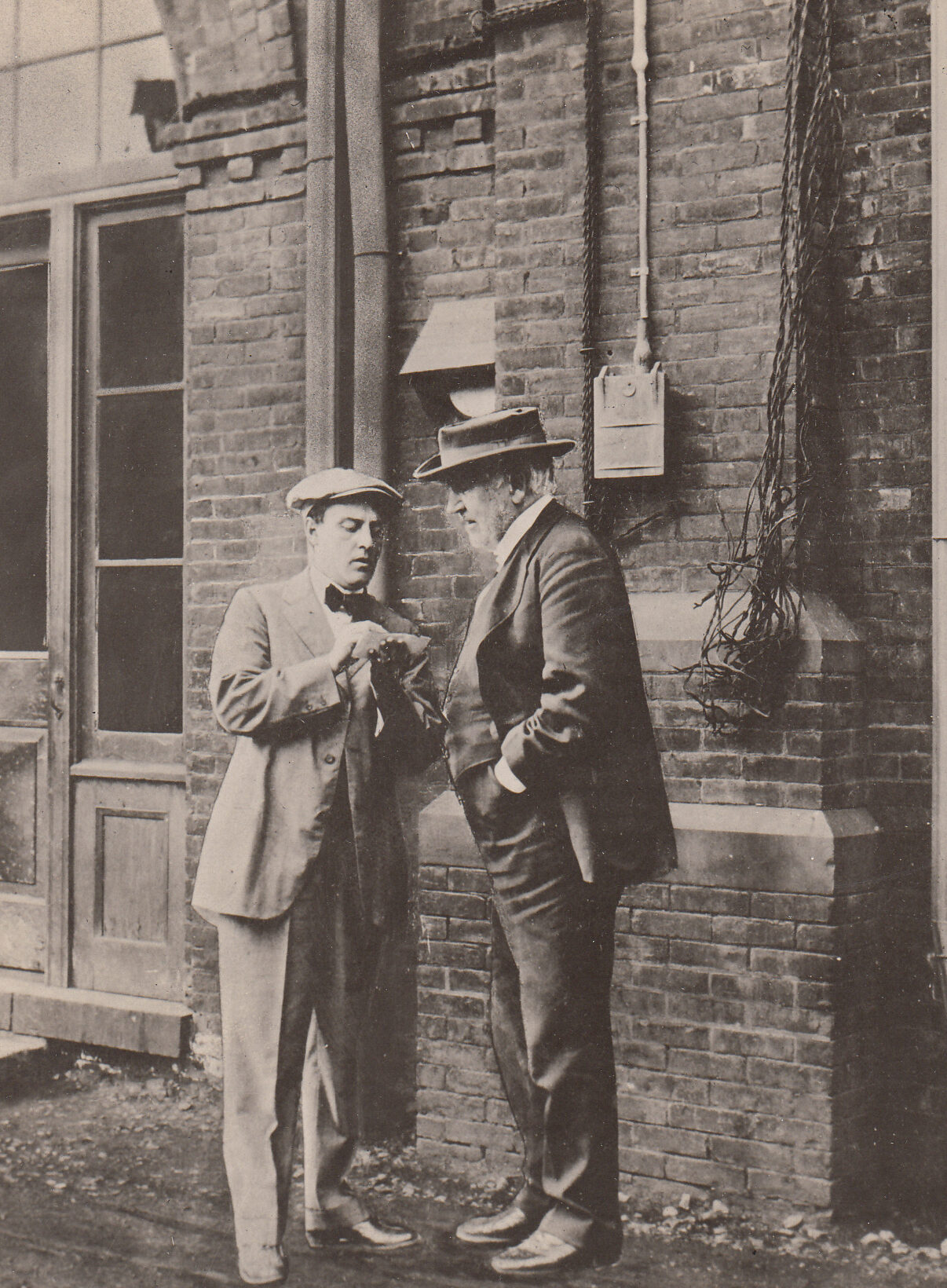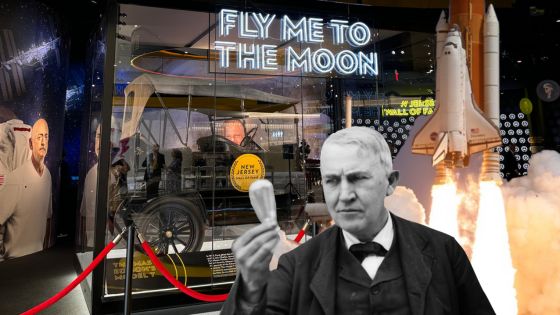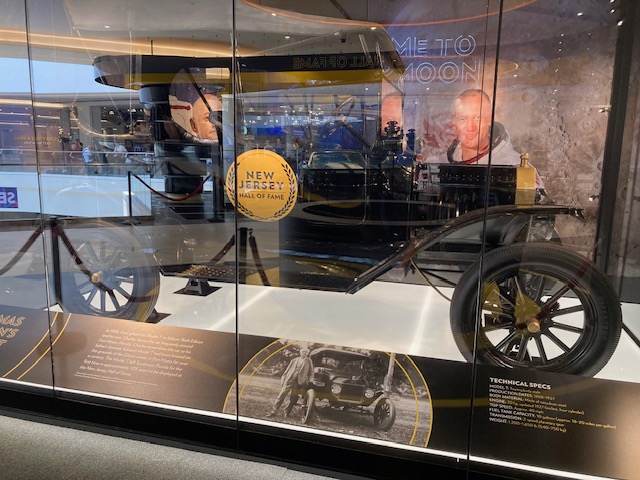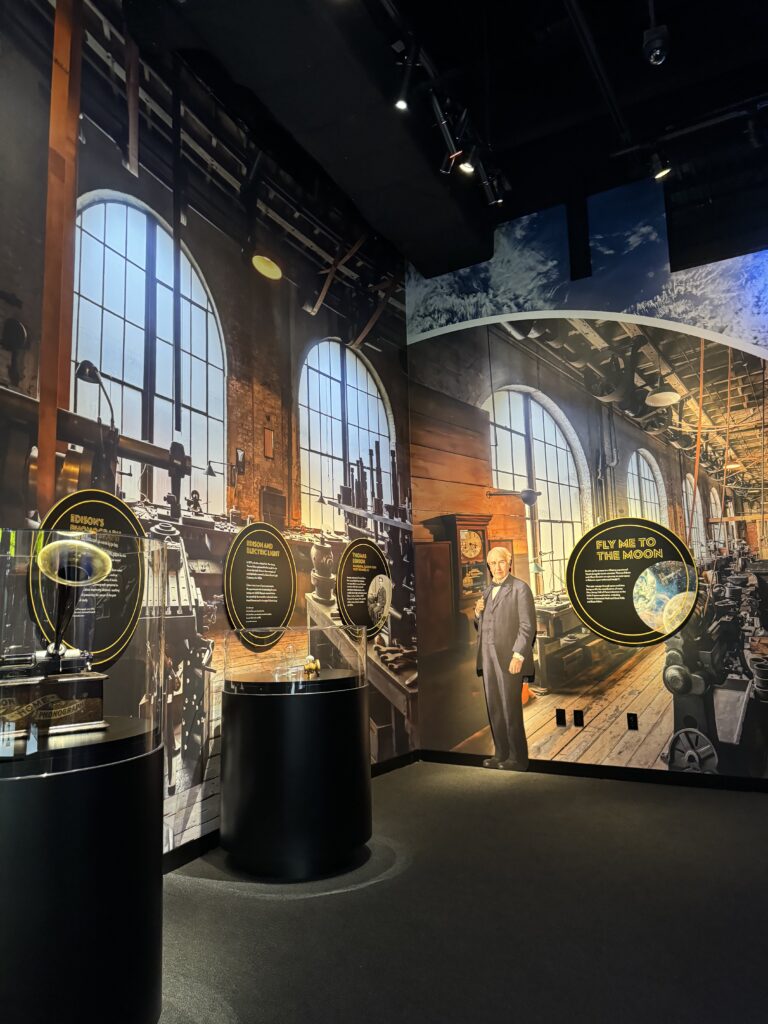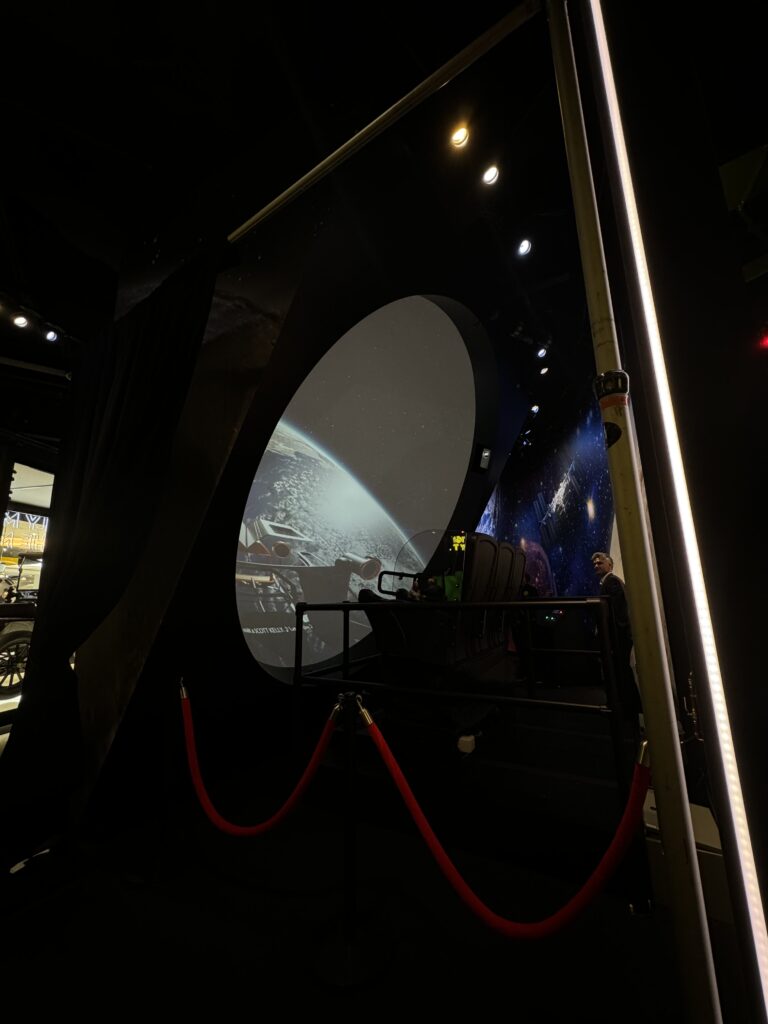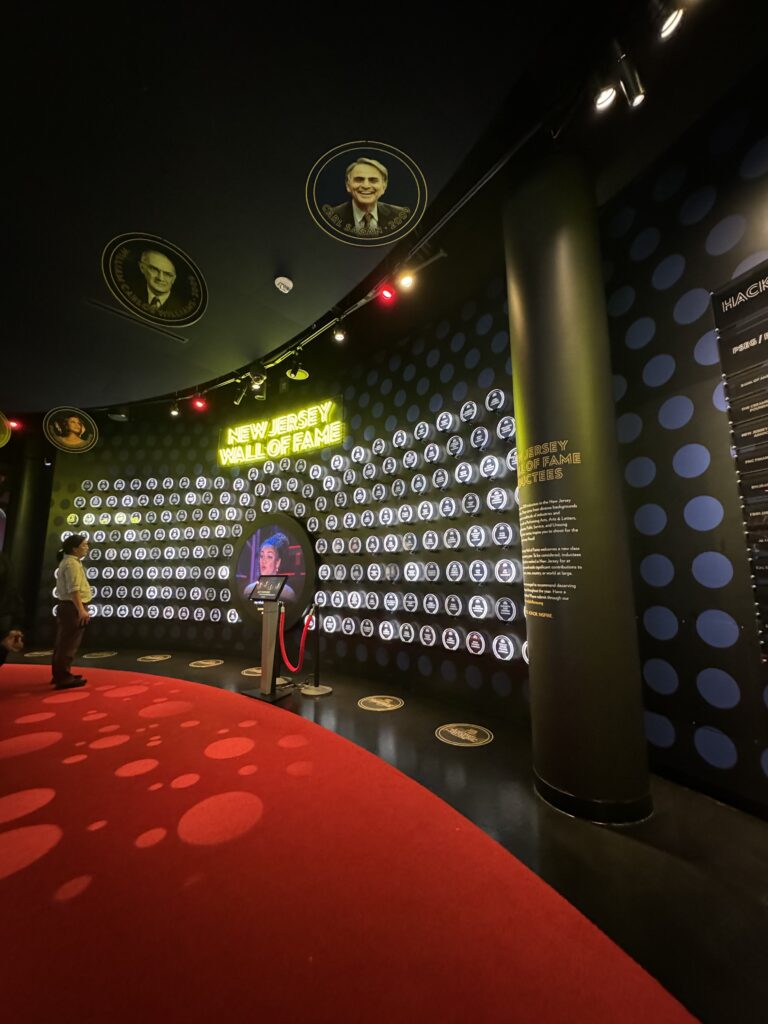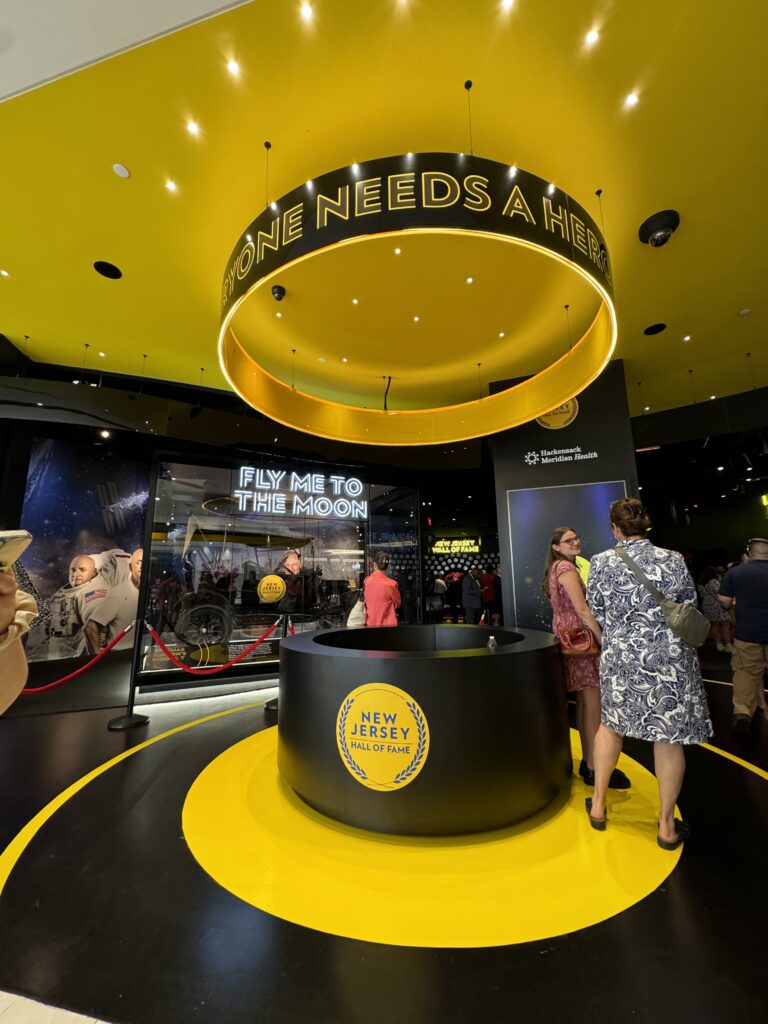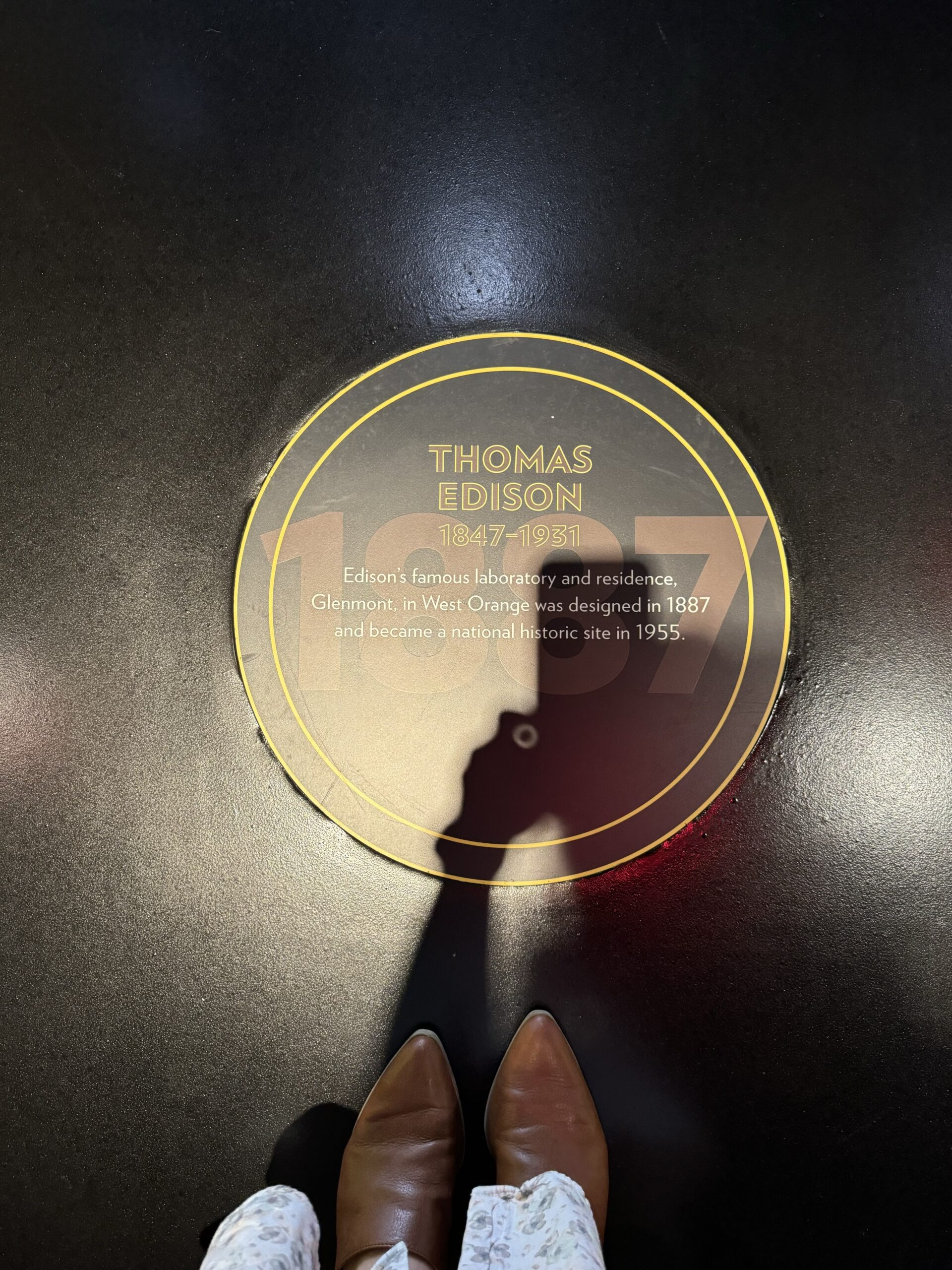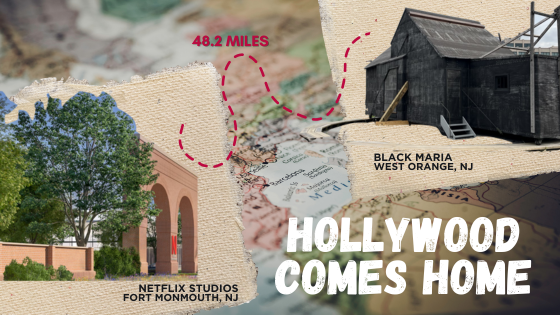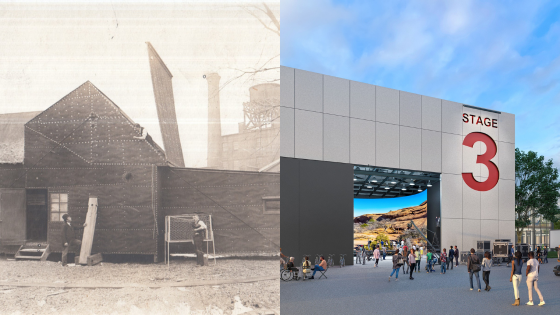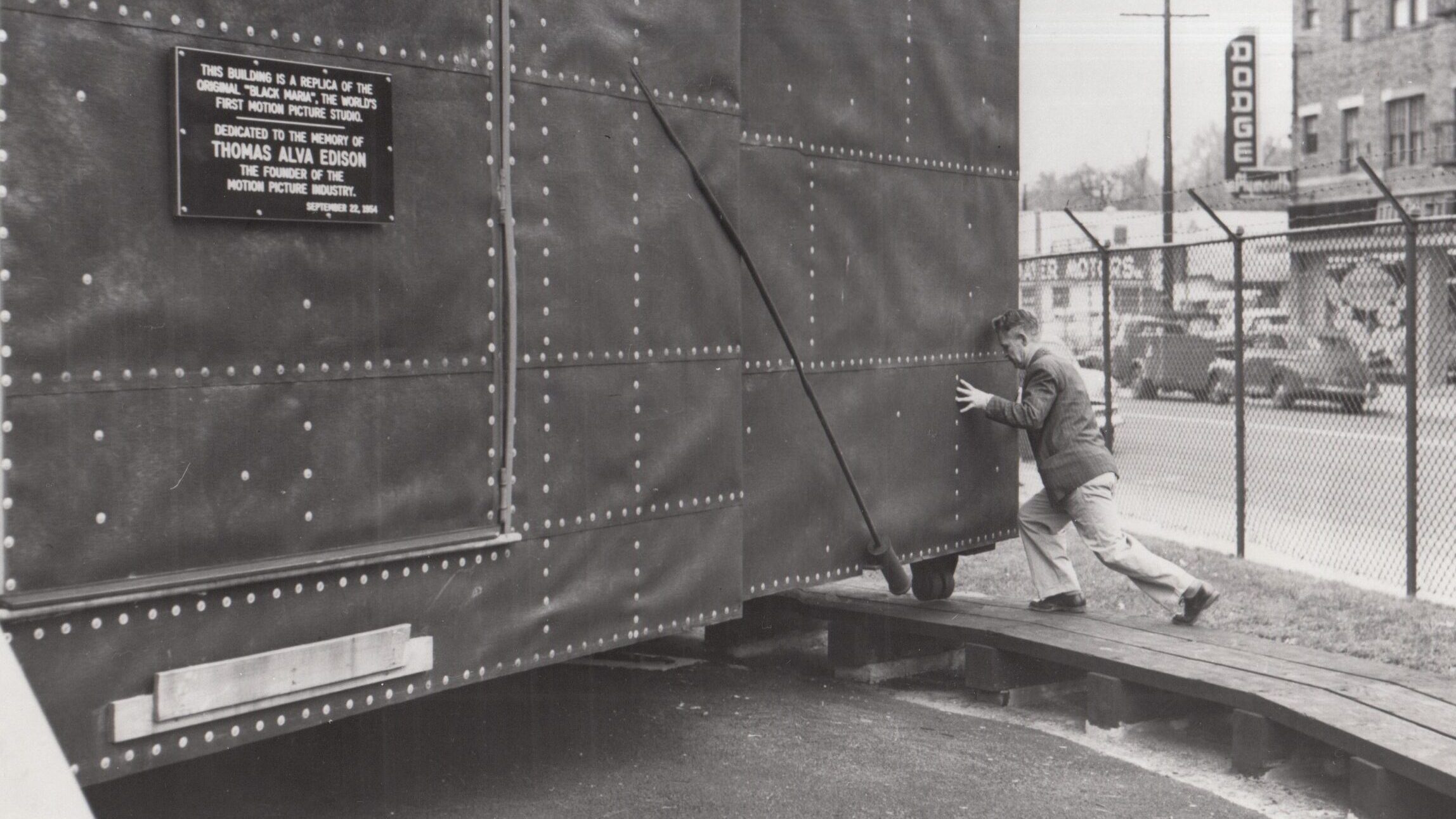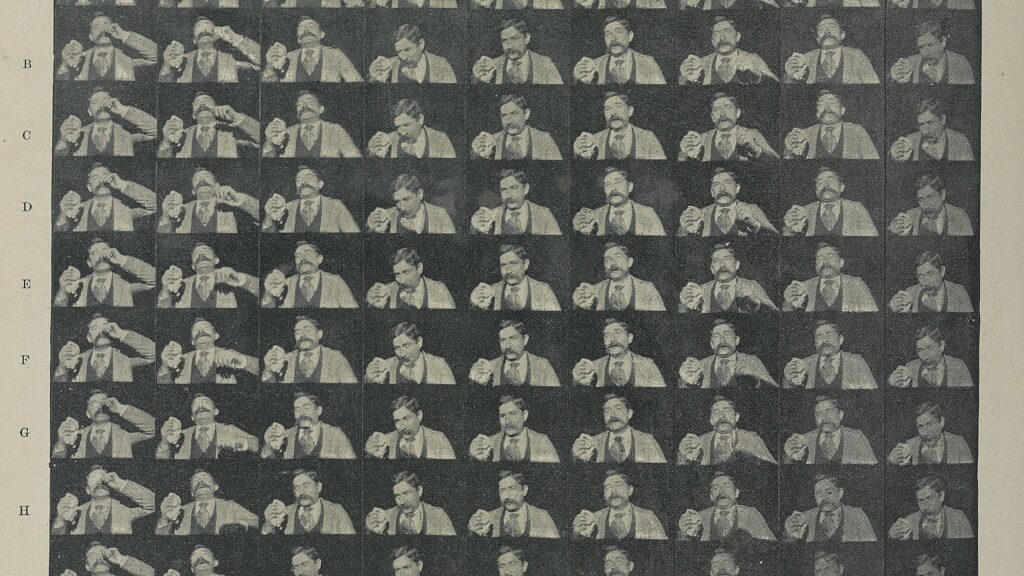Heady times they were, working for Thomas Edison at his legendary West Orange Labs. Many inventors and craftsmen dreamed of such an opportunity. It would be like saying you worked for Elon Musk today. Among those who earned that privilege was Miller Reese Hutchison—affectionately known as “Hutch”—who joined Edison’s team in 1909 and served as Chief Engineer of the West Orange laboratory from August 1912 until July 1918.
For Hutchison, working for Edison was the culmination of a lifelong dream. As a boy of 12 in his native Alabama, he aspired to work for the great inventor. Like Edison, Hutchison was a triple threat—an accomplished inventor, entrepreneur, and promoter. This shared dynamic supercharged their discussions, spurring bold new ideas and vibrant headlines.
Hutchison’s Groundbreaking Contributions to Innovation
Hutchison’s inventiveness began early. While still in school he invented and patented a lightning arrester for telegraph lines in 1895. However, his most well-known invention was his electrical hearing aid called the “Akouphone” which he first developed around 1895. By 1902, he had refined the hearing aid into a more portable form powered by batteries, which he then called the Acousticon. Today, advertisements for hearing aids on radio, TV and the Internet are commonplace.
His contributions extended across industries, reflecting the same versatile genius that characterized Edison. Some of his notable inventions include:
- The Klaxon Car Horn: Known for its iconic “ah-oo-gah” sound, it became a staple in early automobiles.
- Electrical Tachometers for Steamships: Essential for engine monitoring and performance.
- Submarine Batteries: A crucial wartime innovation during World War I.
- Spool of Wire Fastener: An alternative to staples, showcasing his knack for solving everyday challenges.
- Steel Gun Projectile Rivets: These revolutionized the repair of ship hulls and construction girders.
- Reduction of Carbon Dioxide Emissions: Early efforts to improve environmental sustainability in gasoline combustion.
- Oxygen Sensors for Drivers and Pilots: Advanced tools to enhance combustion efficiency and reduce emissions.
A Lasting Legacy of Innovation and Achievement
In June 1913, Auburn University awarded Hutchison an honorary Electrical Engineering degree, and in June 1914, Spring Hill College granted him an honorary Ph.D. His remarkable career earned him induction into Alabama’s Hall of Fame in 1936, with his patents estimated to exceed 1,000. While this total falls just shy of Edison’s 1,093 domestic patents (and 2,332 international patents), Hutchison’s accomplishments are no less extraordinary.
Amplifying Edison’s Genius: A Collaboration That Shaped Innovation
Hutchison and Edison’s collaboration was rooted in a shared belief that technology could transform everyday life. Their work together at West Orange Labs extended into critical areas like naval technology, where Hutchison’s submarine batteries built directly on Edison’s wartime contributions.
The partnership between the two inventors went beyond mentorship—it was a dynamic exchange of ideas. Edison’s broad vision and experimental approach paired seamlessly with Hutchison’s inventive precision, enabling them to tackle complex challenges together.
Through this collaboration, Hutchison was able to carve out his own legacy of innovation, contributing groundbreaking solutions that not only advanced technology but also shaped the future of industries like naval technology, communications, and automotive design. His work continues to resonate today as a testament to his ingenuity and forward-thinking approach.


